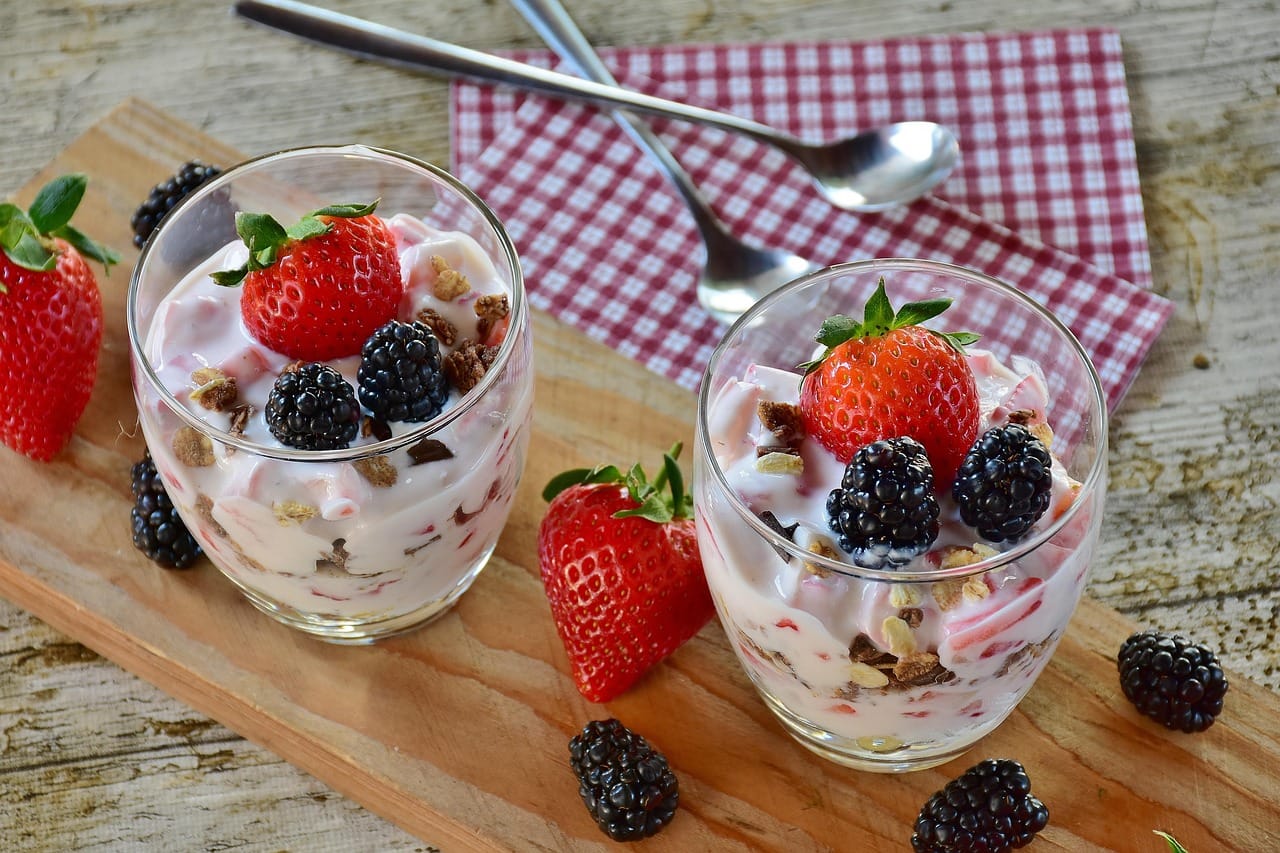Churros, those crispy, golden-brown sticks of fried dough, dusted with cinnamon sugar, are a beloved treat enjoyed around the world. From bustling street food stalls in Spain and Latin America to the dessert menus of upscale restaurants, churros hold a special place in culinary hearts. But what makes them so irresistible, and how did they become such a global phenomenon? Let’s dive deep into the delicious world of churros and explore their fascinating history, preparation, variations, and cultural significance.
A Delicious History of Churros
Churros boast a rich and somewhat debated history. Several theories surround their origin, each adding a layer to the mystique of this beloved pastry.
The Shepherd’s Snack Theory
- Origin Story: One popular theory suggests that churros originated with Spanish shepherds. Living in remote areas, they sought a simple, easy-to-make treat that could be cooked over an open fire. The churro dough, requiring only flour, water, and salt, fit the bill perfectly.
- Resemblance to Churra Sheep: The name “churro” is said to derive from the Churra sheep, a breed common in Spain, whose horns bear a resemblance to the shape of the pastry.
- Practicality: The ease of preparation and portability made churros an ideal snack for shepherds on long journeys.
The Chinese Connection
- Portuguese Sailors: Another theory suggests that Portuguese sailors encountered a similar fried dough pastry called “youtiao” in China.
- Adapting the Recipe: Upon returning to Europe, the Portuguese introduced this technique, and the Spanish adapted it, adding the signature star shape using a churrera (a specialized pastry syringe) and dusting it with sugar.
- Cinnamon Introduction: Cinnamon, a spice readily available through trade routes, was later incorporated to enhance the flavor profile, leading to the churro we know and love today.
The Art of Churro Making: A Step-by-Step Guide
Crafting perfect churros requires precision and a few key techniques. While recipes vary slightly, the fundamental process remains consistent.
The Basic Dough
- Ingredients: The classic churro dough is surprisingly simple: water, flour, salt, and sometimes a touch of sugar.
- Mixing: Combine the water and salt in a saucepan and bring to a boil. Remove from heat and quickly stir in the flour until a smooth dough forms. This process, known as “pâte à choux,” ensures a light and airy texture.
- Resting: Allow the dough to rest for a few minutes, allowing the gluten to relax.
Frying to Perfection
- Temperature: Heat vegetable oil (or another frying oil with a high smoke point) to around 350-375°F (175-190°C). Maintaining the correct temperature is crucial for achieving a crispy exterior and a cooked interior.
- Shaping: Use a churrera or a pastry bag fitted with a star-shaped nozzle to pipe the dough directly into the hot oil. The star shape maximizes surface area, resulting in extra crispiness.
- Frying Time: Fry the churros for 2-3 minutes per side, or until they are golden brown and cooked through.
- Draining: Remove the churros from the oil and place them on a paper towel-lined plate to drain excess oil.
The Finishing Touches
- Cinnamon Sugar: While still warm, generously coat the churros in a mixture of cinnamon and sugar. The heat helps the sugar adhere to the churros.
- Dipping Sauce: Serve the churros immediately with your favorite dipping sauce, such as:
Chocolate: Classic dark, milk, or white chocolate sauce.
Dulce de Leche: A rich caramel sauce.
* Coffee: A strong coffee-flavored dipping sauce.
Churro Variations Around the World
While the basic recipe remains consistent, churros have evolved and adapted to local tastes in different regions.
Spanish Churros
- Thin and Crispy: Spanish churros, often referred to as “churros con chocolate,” are typically thinner and crispier than their Latin American counterparts.
- Breakfast Treat: In Spain, churros are often enjoyed for breakfast, dipped in thick, rich hot chocolate.
- Porras: A thicker, puffier variation of the churro, often enjoyed in the same way.
Latin American Churros
- Filled Churros: Latin American churros are often filled with dulce de leche, cajeta (a Mexican caramel sauce), or chocolate.
- Coated Varieties: Some variations are coated in additional toppings like chopped nuts or sprinkles.
- Street Food Staple: Churros are a ubiquitous street food in many Latin American countries.
Unique and Modern Twists
- Savory Churros: Some chefs are experimenting with savory churros, flavored with herbs, cheese, or spices.
- Churro Ice Cream Sandwiches: A modern take on the classic, using churros as the “bun” for ice cream.
- Gourmet Flavors: Exploring different flavor combinations like matcha, lavender, or salted caramel.
Churros in Culture and Cuisine
Churros are more than just a delicious treat; they are deeply ingrained in the cultures of Spain and Latin America.
Celebrations and Festivities
- Religious Holidays: Churros are often enjoyed during religious holidays, such as Christmas and Easter.
- Festivals and Fairs: They are a staple at local festivals and fairs, offering a sweet indulgence for attendees.
- Family Gatherings: Making and sharing churros is a cherished tradition for many families.
Social Gatherings
- Coffee Shops and Cafés: Churros are a popular offering in coffee shops and cafes, providing a sweet accompaniment to coffee or tea.
- Late-Night Snacks: Often enjoyed as a late-night snack, especially after a night out.
- Community Bonding: The act of sharing churros can foster a sense of community and togetherness.
Conclusion
From their humble beginnings as a shepherd’s snack to their current status as a global culinary icon, churros have captivated hearts and taste buds for centuries. Whether enjoyed dipped in rich chocolate, filled with dulce de leche, or simply dusted with cinnamon sugar, these crispy, golden treats offer a taste of pure indulgence and a connection to a rich cultural heritage. So, the next time you crave a sweet treat, consider indulging in the delightful world of churros and experience the magic for yourself.




